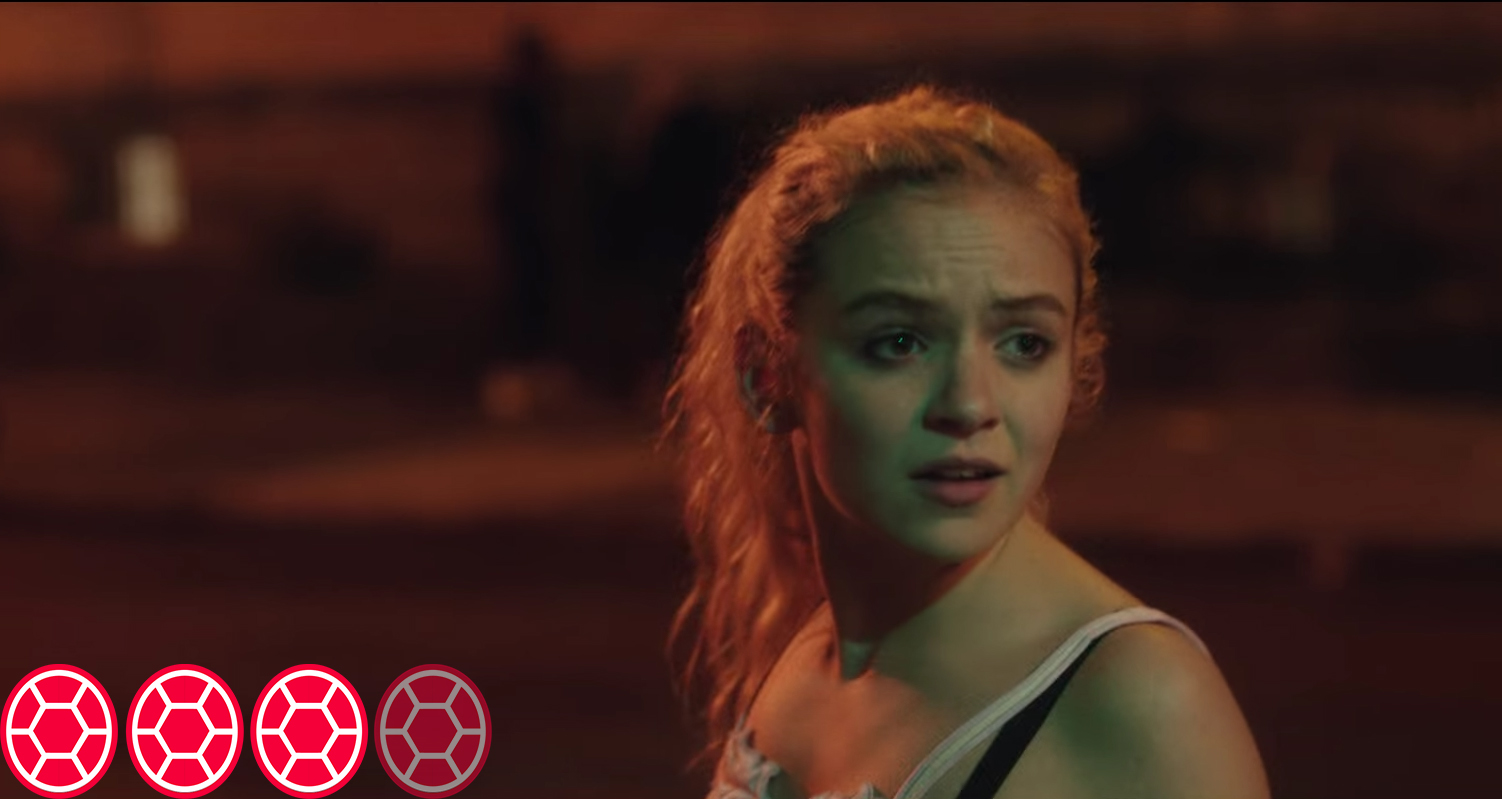White Girl, Elizabeth Woods’ feature-length directorial debut, is a shocking look at the way that privilege — specifically white privilege — functions in society.
The film, which stars Morgan Saylor (Homeland) as Leah and Brian Marc (Luke Cage) as Blue, is raunchy and full of sex and drugs, but in no way does this take away from the underlying message that Woods is trying to send.
The title of the film, White Girl, is twofold. While the film does follow Leah’s story as she struggles to get the money she needs to get Blue out of jail, it is really focused on the other meaning of “white girl” — cocaine.
Throughout the film, it becomes clear that the real focus is not Leah, but the drugs that she chooses to do. White Girl becomes an examination of how cocaine can bring people together, tear them apart and ruin their lives.
And it is through this lens that Woods explores the ways that privilege manifests itself in the lives of the characters in the film.
Leah, a college student in between her freshman and sophomore years, stays in New York for the summer for her internship at a magazine. While there, she is pulled in by the party and drug culture, and because of her privilege, her socioeconomic status and the color of her skin, she has nothing to fear from it. She is able to enjoy it (at times a little too much).
But the film also shows what happens to people who are less privileged than Leah; people who do have something to fear from this culture. It poses a threat to them. They end up in jail, like Blue, or they end up dead, like the supplier, Lloyd (Adrian Martinez, Focus).
White Girl shows what happens when people fall victim to their own privilege. It is Leah’s privilege that allows her to experiment with the culture of drugs and partying in the first place, and that is what ultimately becomes her foil.
Outside of the analysis of privilege, the film’s visuals are captivating. The colors used in the scenes at the club make the viewer feel as if those scenes are happening outside of reality, something that the privileged white girl also feels as she goes back to her daily routine after waking up.
While the film supposedly centers around the white girl, Leah, it is Blue that carries the story. Leah’s character is largely one-dimensional; she has no real personality, and her actions are impulse-based ones fostered by her many addictions.
In contrast, Blue has layers; he is more than just the drug dealer who stands on the corner. Marc’s portrayal of Blue is intimate and gripping.
White Girl is brutally honest from start to finish. From the beginning, the viewer knows that this story does not have a happy ending. It is a gritty and real look at the ways that our advantages in life can be our downfall.
The most self-aware moment in White Girl is when Leah frantically tells Kelly (Justin Bartha, National Treasure), her boss, that she is scared because the supplier “knows where [she] lives.” Kelly responds by telling her to move. Therein lies the point that the film is looking to make.
Leah is a spectator, a bystander and a passerby in this culture, this other world that she has limited experience with. Many of the other characters in the film, most notably Blue, are not; they cannot just up and move. They cannot escape. Leah is blessed enough to be able to go home at the end of the movie and forget that any of this ever happened — she goes back to school after the summer and moves on with her life, a luxury that Blue and many of the other characters do not have.
White Girl premiered at the Sundance Film Festival earlier this year and is now available on Netflix.
3/4



